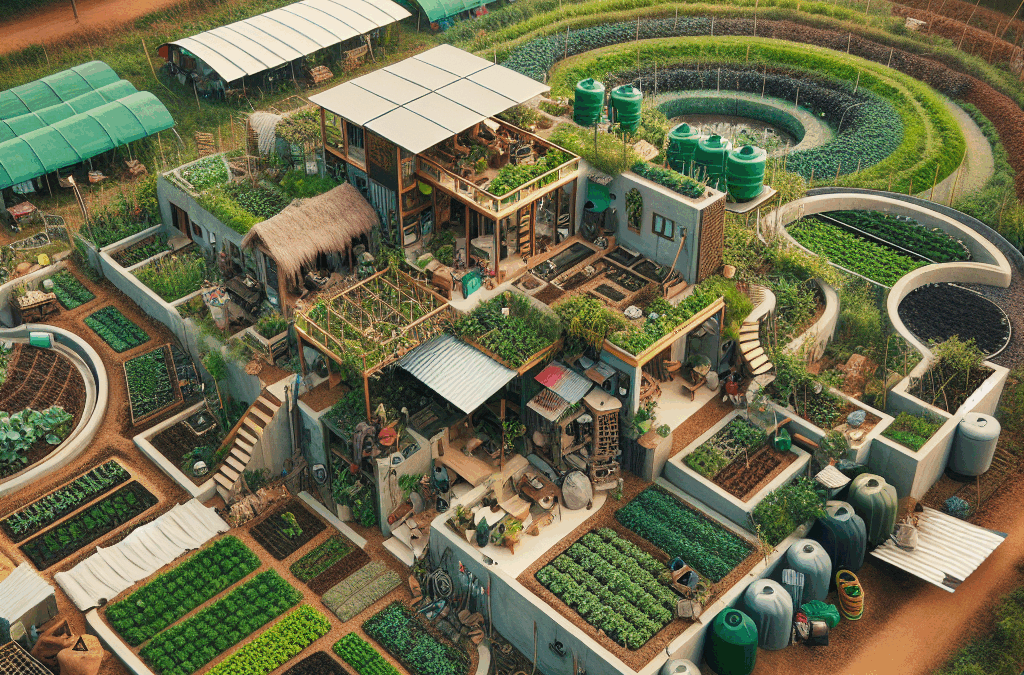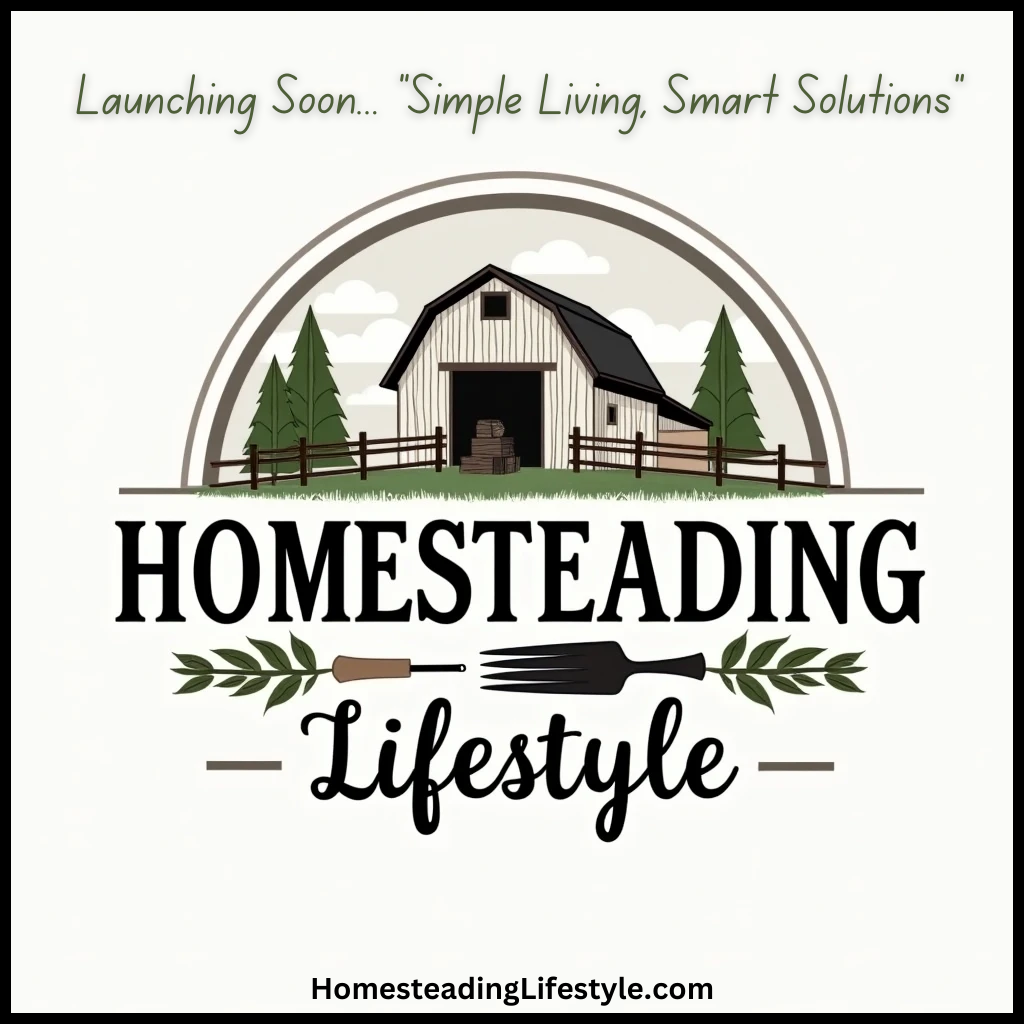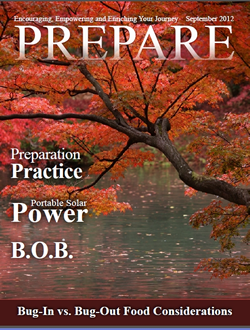Understanding Permaculture Principles
What is Permaculture?
Let’s dive into the wonderful world of permaculture! At its core, permaculture is all about creating sustainable and self-sufficient agricultural ecosystems. I think of it as a beautiful dance between nature and our homesteading efforts. By observing how nature works, we can design our landscapes to harmoniously produce food, shelter, and other resources.
In my early days of homesteading, I learned to appreciate the beauty of working with nature rather than fighting against it. Discovering permaculture changed everything for me. Back then, I was struggling with how to keep my garden thriving without overusing chemicals or depleting the soil.
So, if you’re just starting out or even if you’ve been homesteading for a while, understanding these principles can really kickstart your journey toward an optimized homestead. It’s like having a roadmap to ensure I’m nurturing my land while meeting my needs!
Key Principles of Permaculture
There are three main ethics in permaculture: care for the earth, care for people, and fair share. These principles are like guardrails guiding our journey, ensuring we’re making decisions that benefit both our environment and ourselves. For me, this is about making sure the earth, which nourishes us, gets the love it deserves!
Another key principle is the idea of zones and sectors. This means planning your space based on how frequently you use different areas. In practical terms, I’ve discovered that having my herb garden closer to the kitchen saves time and makes things so much easier. Plus, it just looks beautiful!
Finally, the concept of stacking functions—where one element serves multiple purposes—has been a game-changer for me. For instance, planting a fruit tree that also provides shade to my veggie patch is a win-win!
Applying Permaculture in Your Design
So, how do we actually put these principles into practice? Well, I always start by observing my space. I spend time watching how the sun moves across my garden, where the wind blows, and even how water flows. This relentless observation gives me insights that help me make better design decisions.
Next, I sketch a design layout. Engaging in hands-on design work can be both creative and cathartic! I love using colored pencils to denote different zones and elements. It’s important to visualize so you can see what works best for your space.
Lastly, I adapt. Nature is constantly changing, and my design must reflect that. Maybe that means adjusting my planting schedule or rotating crops to keep everything balanced. Permaculture isn’t a one-and-done deal; it’s a continuous journey!
Creating Productive Zones
Understanding Different Zones
In permaculture, we often talk about creating zones of productivity based on how frequently we interact with those areas. Zone 1 is the closest to your home, and it should hold the elements you use daily—think about herb gardens or salad greens. This is where a little attention goes a long way!
Zone 2 can include your vegetable garden. This area gets a bit more care but isn’t visited as often as zone 1. It’s crucial to think about how often to maintain plants in this zone. It’s like real estate in your garden; the closer to your house, the higher the value of your time.
As you go further out to zones 3, 4, and 5, you’re incorporating less maintenance and allowing for a diverse ecosystem that supports wildlife. I love visiting these areas because they often feel like little adventures where nature thrives!
What to Plant in Each Zone
Deciding what to plant can feel overwhelming, but not when you tailor each zone to its purpose! In Zone 1, I typically grow herbs and high-yield veggies—plants like basil, cilantro, and lettuces that are easy to harvest while I’m whipping up meals.
Moving to Zone 2, I incorporate more staples, such as tomatoes, carrots, and peppers. Since this zone is more established, it allows me to grow a variety of produce while still being accessible for tending. The excitement of harvesting fresh veggies is just too good!
As I dive deeper into Zone 3 and beyond, I look at bigger crops like fruit trees and bushes. It’s where I can mix in some perennial herbs and perhaps a composting space that naturally supports the fertility of the land.
Benefits of Designing by Zones
The beauty of designing my garden by zones has been a real revelation. First, it’s incredibly efficient—spending less time running back and forth lets me enjoy my time outdoors more. I’ve turned gardening into a relaxing pursuit instead of a race!
Secondly, it helps in pest management. By carefully considering the placement of different plants, I’ve noticed fewer pest problems because many plants can help deter pests just through their presence.
Lastly, I’m fostering a sense of community around my homestead. By inviting friends over to help during harvest time, they see firsthand how a zoned permaculture system works! It’s rewarding to share the bounty of ‘my zone’ with others.
Water Management Techniques
Importance of Water in Permaculture
Water management is such a crucial component of permaculture. In my experience, understanding how water moves across your landscape is key to developing a thriving system. There’s nothing worse than losing plants to drought or flooding!
One major realization on my homestead was how to catch rainwater. I installed rain barrels that collect water from my roof. Not only does it conserve water, but it feels great knowing I’m using nature’s free resources wisely!
Understanding the land’s natural drainage paths also allows me to channel water where it’s needed most, ensuring every area of my garden is nourished without waste. It’s like I’ve turned my homestead into a smart water management system.
Implementing Swales and Berms
Swales and berms have become some of my favorite features on the property. Swales are essentially ditches dug along the contour of the land to catch and hold water, promoting its absorption into the soil. This means less watering for me!
Berms, on the other hand, are raised hills that help divert and slow down water flow. These two methods combined create a parking lot for water, ensuring that it seeps into the ground instead of running off.
Seeing how well these techniques work in practice has inspired me to dream up even more ways to harness the power of water on my homestead. I’m constantly experimenting and learning!
Designing for Drought Resistance
A crucial aspect of water management is preparing for dry spells. I tend to focus on drought-resistant plants in certain zones, like succulents and native resilience varieties that can withstand harsh conditions while staying beautiful.
I also practice mulching aggressively, which helps retain moisture and suppress weeds. Nothing beats the satisfaction of seeing my plants stay lush even while the sun is blazing down!
Ultimately, designing with drought resistance in mind doesn’t just benefit my immediate experience—it’s an investment in a sustainable future. It means I’ll have the resources I need while also protecting the land.
Companion Planting for Harmony
The Concept of Companion Planting
Companion planting has become one of my favorite strategies. The premise is simple: some plants thrive better together. By learning and applying these combinations, I’ve managed to optimize my garden’s productivity while keeping pests at bay.
For instance, planting marigolds alongside my tomatoes provides a pop of color while deterring certain pests. Who knew gardening could be so beautiful and practical at once? It’s like making friends for my plants!
An added bonus? Companion planting can enhance the flavor of the crops. When basil grows near tomatoes, the tomatoes taste even better! I’m all about maximizing the flavor in my kitchen.
Creating Biodiversity Through Planting Combinations
The more diverse the plants, the healthier the ecosystem! I’ve seen firsthand how planting a variety of species can invite beneficial insects while keeping harmful ones at bay. It’s a beautiful community that creates balance.
This biodiversity also promotes soil health. Different root structures help aerate the ground and improve nutrient cycling over time. It’s like nature’s little janitors always cleaning up!
Plus, it keeps things exciting! Walking through my garden, I’m always surprised by new growth or unexpected combinations. It’s like I’m part of an evolving work of art!
Seasonal Rotations and Planning
With companion planting, I’ve developed a seasonal rotation plan to ensure my soil remains fertile. Each season, I change where I plant certain crops. This approach reduces pest prevalence while maximizing output—what a win!
I constantly research what might grow well together for each season, planning my layout accordingly. This practice has added so much depth to my gardening experience! I feel like I’m part of something much bigger.
In my experience, this is where the magic of permaculture truly shines. Each year brings new challenges, but my continuous learning helps me adapt and grow just like the plants I nurture.
Maintaining and Monitoring Your Homestead
Observation as a Key Practice
My homesteading journey has taught me the value of slowing down and observing my land regularly. Every time I step outside, I find something new—it’s like nature shares its secrets with those willing to listen!
During my observations, I take notes on various aspects—water flow, plant health, and even animal activities. This information becomes invaluable when I adjust my practices! It’s fascinating how even small changes can lead to great successes.
I’ve also learned to appreciate that observation can mean letting nature take its course sometimes. Allowing things to grow wild can invite beneficial insects or even lead to unexpected beauty. It’s all about finding that perfect rhythm with your homestead!
Regular Maintenance Routines
Creating a maintenance routine has been a lifesaver for keeping my homestead functioning optimally. I make sure to dedicate specific days for weeding, harvesting, composting, and other essential chores. The rhythm has made things feel manageable!
I’ve also discovered that involving friends or family can make maintenance more enjoyable. We’ve turned tasks like weeding into fun get-togethers with snacks and good laughs. It’s incredible how an essential chore can turn into a delightful social event!
Every time I tackle maintenance tasks, it feels like I’m reconnecting with my land. I find pleasure in the details, whether it’s noticing a new bloom or setting aside time for deep raking and prepping beds for planting.
Evaluating Your Progress
Finally, it’s crucial to evaluate my progress regularly. I set aside time at the end of each season to reflect on what worked and what didn’t. Was I able to maximize yields? Did I manage pests effectively? These questions illuminate paths for improvement!
Through this evaluation process, I’ve realized that failure is often the best teacher. Each crop that didn’t thrive taught me more about soil health, timing, or plant companionship. It’s some of the best knowledge I could ask for.
With a continual cycle of observation, maintenance, and evaluation, I feel more confident and capable as a homesteader. This journey is one of constant growth, and I wouldn’t trade it for anything!
FAQs
1. What is permaculture and how can it benefit my homestead?
Permaculture is an approach to designing agricultural ecosystems that mimic natural ecosystems. It benefits your homestead by promoting sustainability, enhancing biodiversity, and reducing labor through thoughtful planning.
2. How do I start applying permaculture design principles on my homestead?
Begin by observing your land and understanding its natural patterns. Sketch out a design that incorporates different zones based on usage, planting companion plants, and implementing effective water management techniques.
3. What are some good companion planting strategies?
Pair plants that benefit each other, like tomatoes with basil or carrots with onions. This not only maximizes your space but also can lead to healthier plants and a more harmonious ecosystem.
4. How often should I evaluate my permaculture design?
I recommend evaluating your design at the end of each season. This allows you to assess what worked well, make adjustments, and plan for the next growing season with high hopes!
5. Can permaculture work in small spaces?
Absolutely! Permaculture principles can be applied to any size space, including small urban gardens. The key is to maximize efficiency by using containers, vertical gardening, and maximizing your productivity through thoughtful design.





